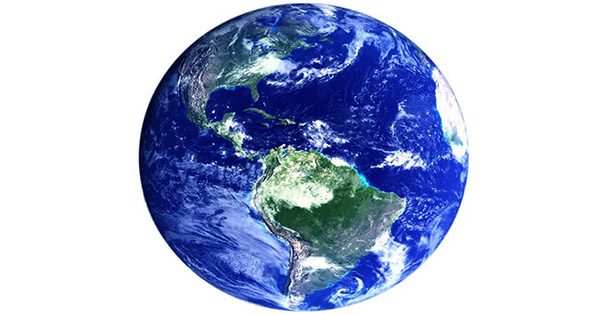According to new data from the World Meteorological Organization (WMO), our chances of avoiding a full-blown climate crisis are looking slimmer. Annual global temperatures could be at least 1 degree Celsius (1.8°F) warmer than any pre-industrial level in the next five years and are likely to exceed 1.5 degrees Celsius (2.7 degrees Fahrenheit) in at least one year now and 2024. If these predictions are above meaning, it shows the growing possibility that the planet will be able to achieve the goals set by the Paris Agreement on climate change.
Professor Petteri Taalas, Secretary-General of the WMO, said in a statement, “This study shows – with a high level of scientific expertise – the huge challenge of meeting the Paris Agreement on Climate Change to maintain the global temperature below 2 degrees Celsius above the pre-industrial level this century will continue to grow well and continue efforts to limit temperature rise to a further 1.5 degrees Celsius.”
Data from the Decadal Climate Update, released by the UN’s latest Global Yearbook, released on Thursday in Geneva, Switzerland. The report focuses on data and expertise from climate forecasting teams in the United Kingdom, the United States, Spain, Germany, Canada, China, Japan, Australia, Sweden, Norway, and Denmark.
The average global temperature of the Earth is already over 1 degree Celsius above the pre-industrial period. The Paris Agreement argued that an increase of 2 degrees Celsius in the Earth’s temperature should be kept “well below”, but the world should try to limit it to 1.5 degrees Celsius.
Now, in the next few years, we will reach this limit of 1.5 degrees Celsius as it has a fair chance of appearing. According to new data, researchers predict that by 2024 global temperatures will rise somewhere between 0.91-1.59 degrees Celsius above pre-industrial levels. However, there is a 20 percent chance of a minimum of 1.5 degree Celsius warming over the next five years compared to pre-industrial levels. This opportunity is growing rapidly over time.
On top of that, the report says that the Arctic could become more than twice the global average in 2020. This year will see large parts of South America, South Africa, and Australia becomes drier than in the recent past due to climate change. The rising intensity of the North Atlantic and the number of storms could affect the United Kingdom and Western Europe as well. All of this data includes the recent decline in greenhouse gas emissions during the ongoing Covid-19 epidemic, which researchers say is fairly negligible compared to the broader picture.
Professor Taalas said, “The WMO has repeatedly stressed that the industrial and economic downturn from COVID-19 is not a substitute for sustainable and integrated climate action. Due to the long lifespan of CO2 in the atmosphere, the impact of this year’s emissions reduction is not expected to reduce the CO2 atmospheric concentration that continues to increase global warming.”
He added, “Covid-19 has created acute international health and economic crisis, and failure to address climate change could threaten human well-being, the ecosystem and the economy for centuries to come. We should seize the opportunity to take climate action as part of the government’s recovery program and ensure that we can improve.”
Simply put, the Earth cannot move beyond the 1.5 degree Celsius limit to the 2-degree centigrade limit. An Earth with a temperature of 2 degrees Celsius would be a coral-walled planet, threatening the extinction of thousands of species and increasing the risk of droughts, heatwaves and other extreme weather events. Beyond the natural world, we can expect to see increasing warfare, greater displacement of people, and deeper global poverty.















